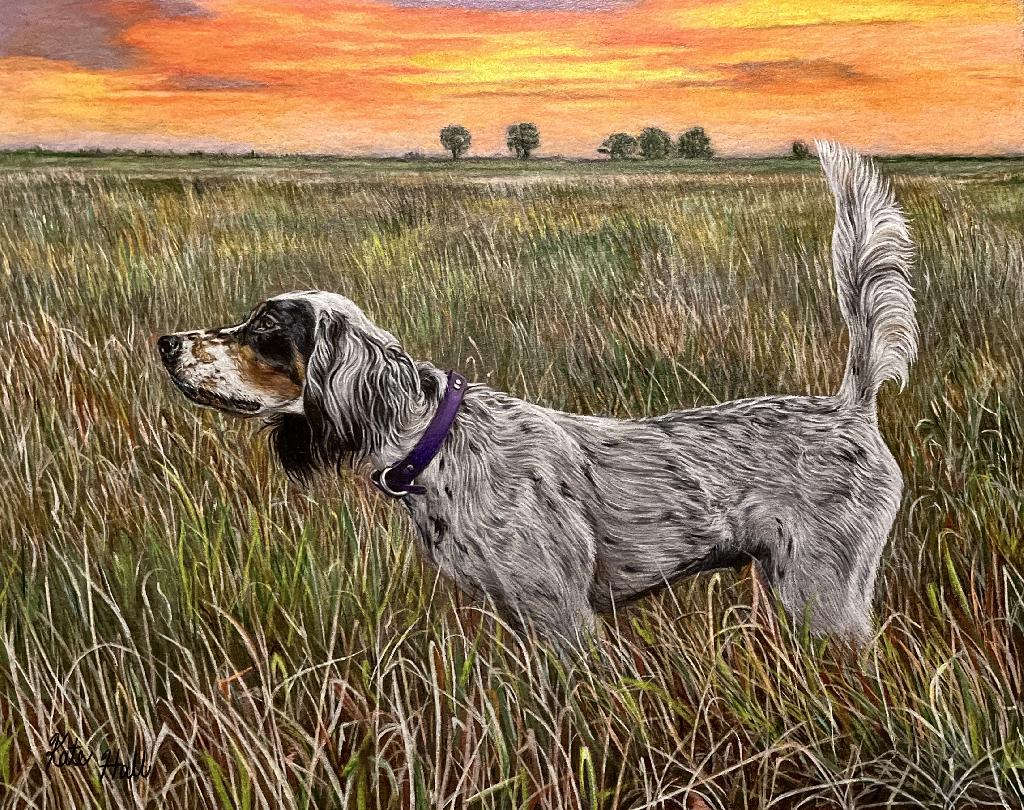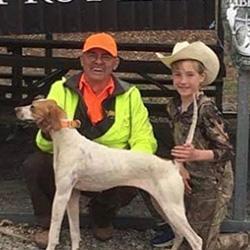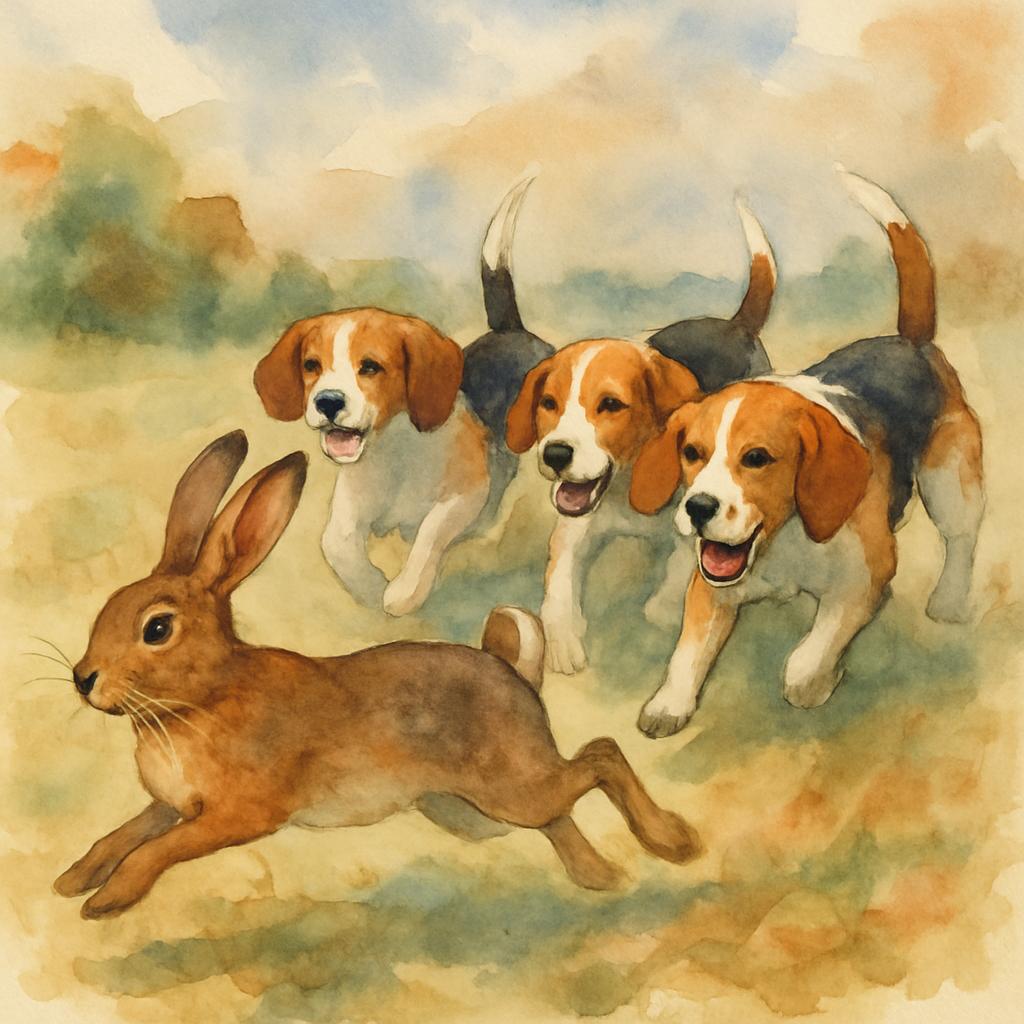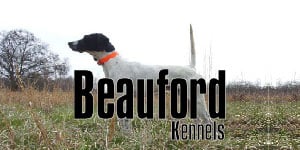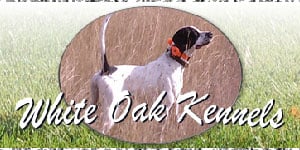A Broken Plate
My return was enabled and inspired by many circumstances and an untold number of good memories. Life has a way of turning in front of you, making it seem as though you are the one guiding your fate. I’m convinced we are just along for the ride. It has been a great ride.
Burnell White was a dyed in the wool bird hunter from McComb Mississippi. He kept a kennel full of gun dogs and was never fully bitten by the field trial game. His dogs hunted the front hard, and all day, and were seldom out of sight. Jimmy Lawson also of McComb was Burnell’s hunting buddy. Jimmy was more incline to like a little more snap and class in the dogs he followed, but filling the sack was still his most important concern. The two spent countless hours afield, hunting the pine slopes and fields in and around the rural communities of Amite County, Mississippi. East Fork and Thompson in particular, offered the perfect combination of farmsteads, long leaf pine, and bob white quail. (Liberty, Ms. is the county seat of Amite County. You may remember the storyteller Jerry Clowers as hailing from East Fork, Route 2, Liberty Mississippi).
A local farmer in Thompson named Billy Nunnery often hunted with the McComb pair. He and his family farmed several hundred acres, and he kept tabs on the coveys for quick notice hunts. It was grand times during the 60’s and 70’s. Birds were in every oak flat and snuggled into every cornfield corner for miles. During the late summer of 1976 Mr. Billy bred a favorite bitch of his to a dog Marshall Loftin had. Loftin, trainer of many champions, was a favorite of all the locals, and maintained free passage across the entire breadth of Amite and Wilkinson Counties. The bitch whelped in early September. Of course, Billy offered his friends a pup from the litter. In October Burnell reached into a big railroad spike crate Billy had the pups in and pulled out the smallest one. It sounds all too cliché, but it was given the name Runt. As was Burnell’s way, there was no fanfare or cleverness to the name choice, and there would be no fanfare or cleverness when it came time to hunt. Every dog was expected to bear down, find their share of birds and handle them for the gun. Runt would be no exception.
Runt did her share and did it with the snap and class Jimmy enjoyed. She became the favorite of all three hunters. Mr. Billy was proud to have bred her, Jimmy enjoyed her “spit and git”, and of course Burnell loved her because she constantly out birded her kennel mates. (I’ll insert here that Jimmy Lawson about this time formed Southwest Mississippi Bird Hunter’s Association. On one occasion Jimmy talked Burnell into running Runt in a trial. Remarkable as it may seem, Runt garnered first place win for a proud Burnell. You can bet, however, it was not during bird season, and I don’t remember her ever running in another. She had nothing more to prove.
Harold Deer, Will Grant, Charles Carter, Lee Wilson, Jack Gatlin were all part of that gang and each hunted behind Runt at least once in their life.) She was hunted for three seasons. Each year she improved. At the end of the 1980 season ended, it became a unanimous decision to breed Runt. Mr. Billy took the chore of arranging the breeding. I’ll save the detailed circumstances that were allowing a direct son of the great Ch. Evolution to be roaming loose at a neighboring dairy farm for another story. I will just say, Runt was bred by the same.
By April Runt was heavy and in early May she whelped six nice pups. The litter prospered on Billy’s farm and the surrounding pasture and crop land. By August, even in the heat, the pups pressed the edges of the Nunnery homestead, chasing larks and then resting in the cool waters of Thompson Creek.
Thompson Creek is a live body of water that divides the Nunnery property from the Barron Place. (Again, recall Jerry Clowers’ famous coon hunt on “the Barron Place.”) The creek served as a logical stopping place for the pups. This pleased Mr. Billy because if the pups gained access to the Barron Place there was nothing logically to stop them for miles. It was open country without fence south for twelve miles to Liberty highway. (Named Jerry Clower Parkway in 2012).
Burnell made the trip to Billy’s farm several time a week. He began walking with them in October. The entire liter kenneled together in a large red dirt pen. When Burnell opened the wire gate, all the pups rushed out across the field almost out of sight. Then they’d take the gentle curvature of the creek guiding them back to Burnell. All except a smallish liver headed bitch, who time after time split the waters of the Thompson and sailed up and across the Barron pastures to parts unknown. She’d return about midway into Burnell’s round with the other pups, only to flash by to parts unknown again. This time in another direction. (Mr. Billy later told me he would go out at night and put her in the pen hours after Burnell had left for McComb.) Burnell and Jimmy trained and kept the five of the six pups for the rest of the pup’s lives. They all made great dogs.
In February of 1981 Burnell called me, and asked if I was interested in a “field trial dog”? He told me the story of the pups and said he had no use for the liver headed bitch. He had named her Miss Ten and really thought she had a chance to make it on the field trial circuit. He wanted seventy-five dollars for her. We agreed to meet in Kentwood at the weigh station and make the exchange. Not part of the deal, but I decided to keep the name out of respect to Burnell. He loved to tell her story.
There was never a doubt about her drive and ability. She won every time she finished. She won the Southwestern All Age Championship for Marshall Loftin, and I had fun letting her teach me about a running dog. I eventually sold her to a client of George Haney, Ben Johnson in California. Ten was bred to Ch.
Miller’s Chief and Ch. Pilgrimaire. She bore winners in every litter. Among her get was Lane’s Long Shot, sire of the All-American Champion, Lane’s Crude Dude. She passed-away on the coast of California, parts unknown again. I often wondered if she may have at sometime ran to the edge of the Pacific, stopped for a minute, and thought of Thompson Creek.
My life veered from bird dogs and field trials. I married and raised a family. For twenty plus years I never touched a collar or followed a dog. In 2005, when Katrina swept through the lowlands of Louisiana, my life situation turned again. Through a series of circumstances, I acquired a farm to pasture a growing heard of cattle I had developed a passion for. Completely unaware of what was to transpire, I found a parcel for sale in Mississippi, four miles north of East Fork, in a community named Thompson. I had never heard of it, but I would.
The hilly terrain and big grassy bottom making up a generous part of my new farm, which I learned, was at one time called the Barron Place. It is bordered on the north by Thompson Creek where my neighbor, so friendly to me, Mr. Billy Nunnery, lives a half mile from its banks on the other side. We hit it off the first time we met. It was the second time we met that I mentioned I once had bird dogs. The friendship, then, swole like a flooding river. The conversation quickly turned to mutual acquaintances, Burnell and Jimmy, and then it stirred Mr. Billy to mention a smallish bitch named Runt, and her liver headed pup, Miss Ten. Life had turned sharply and unmistakably in front of me.
One day at his place while I was visiting and reminiscing, he said. “Come here, I want to show you something.” I followed him into his barn, and he showed me an old railroad spike box. He removed a jack and chain and some dirty rags he had stored in the box. “That’s where your pup and her mama were born. I thought I would give it to you so you wouldn’t forget their story.” He did, and I have not.
****************************************************************
As much as you think you may know what this account is intended to be about, you would probably be wrong. It is not about me, or bird dogs, or farmland, or hunting. It is about the “story.” It is about circumstances and memories. It is about life. It is about recognizing events happening everyday around us. Events that of themselves are not necessarily remarkable but pieced together, they make the fascinating stories of our lives. It’s a lot like a broken plate I’m reminded of, a plate my brothers and I broke while washing supper dishes. I was the oldest, maybe twelve. One washing, one drying, and the last brother putting the dishes in the cabinet. A big platter hit the floor and broke into a dozen pieces. I grabbed the pan and broom, and we all gathered the pieces, depositing them into the waste can. My father came to see what the noise was. He surmised the situation and from us he learned that no one had broke the dish. It had broken itself. Following his lead, we retrieve all the pieces from the can and spent parts of the next several days watching and helping my father glue the dish back together. He bought a little stand and posed the dish for years to come in the kitchen windowsill. He used it on at least a million occasions as a teaching tool. “Be careful,” he’d remind us. Or maybe it would be, “don’t lie about anything, it can all be fixed, nothing is too far gone, take your time, it’ll be ok, someone broke it…..” in every instance, he referenced that broke plate throughout our teenage years.
There was nothing remarkable about that plate or its demise, and the reassembly was a clumsy effort at best, but the memories and lessons learned from the totality of the event have lasted a lifetime. What I learned most from the broken plate is, that’s exactly how good stories are created. It is not about being a great writer, it is about putting the pieces together. The stories are right there in front of us all.
Every person named, save one, and every dog named in this account has died. No one except me, and now you, know this story. This plate has lain broken for over twenty years. It needed to be pieced together and placed in a windowsill.

About the Artist : Kate Hall
Visit artist websiteKate Hall is an outdoor artist who resides on an Angus cattle farm in Tennessee, where she began hunting at an early age. During her 13 years as a flight attendant, Kate visited 27 countries and all 50 states. She now spends her time traveling across the country in search of rising trout and upland birds with her husband and their English Setter. In his first two seasons they hunted on public lands in MT, KS, SC, AL, NC, KY and TN for quail, ruffed grouse, sharptail grouse, woodcock, pheasant, prairie chickens, and hungarian partridge. Upland hunting has enriched Kate's life and influences much of her colored pencil work.
Related Aritlces
Initial Point
My Mississippi farmstead begins and stretches north and east from a big slab of granite known as the Initial Point of the Choctaw Meridian, which is an established survey monument, one of only a dozen or so in the United States, established in the early 1800’s. A dingy brass medallion with an X inscribed on its face, sits dead center of the stone. From that X, lands to the north and east, as far way as Tennessee and Alabama measure their boundaries exactly back to the small grove of beech trees and ultimately to the shaded brass marker therein. Along with coordinates and other official seals inscribed on the stone, are the words,….. ‘NEVER TO BE MOVED.’
MY INVENTION
I have always been blessed with just the right amount of intelligence to get neck deep into something, but never enough intelligence to get out successfully. This was one of those occasions. It involves two bird dog bitches and a dummy, me.

